Telling Time Worksheets for Kids
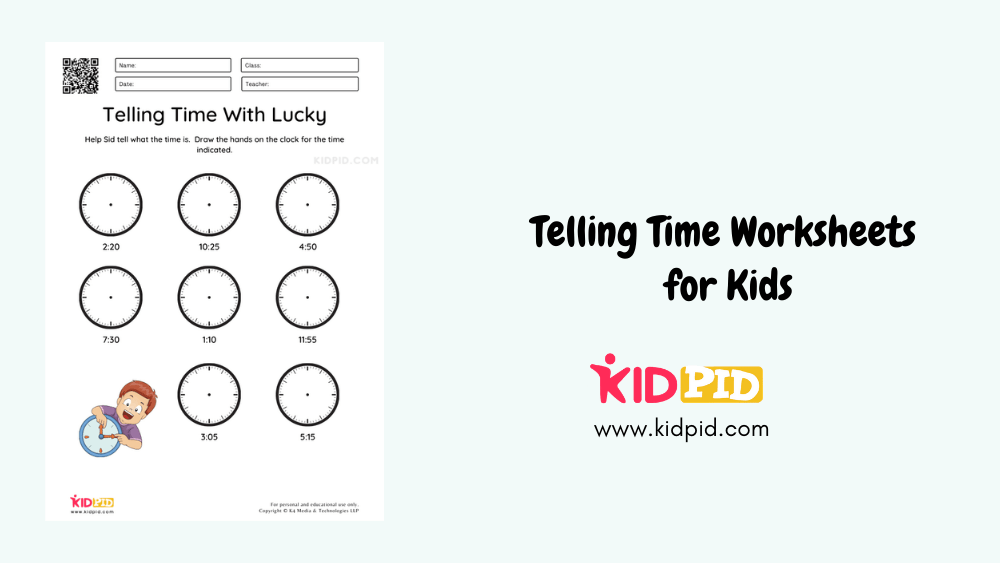
As kids grow older, it is important for them to learn how to tell the time. This is a crucial part of growing up since they will soon have to learn to finish their activities within a certain time limit as well as manage their own time every day. In this digital age, even a little kid can tell the time by simply looking at the phone.
However, it is important to learn how to tell time on a real analogue clock and that is exactly what we’re gonna teach youngsters through these worksheets. Learning to read time can be confusing and it’s gonna take some time before your little one gets a handle on it. The steps to tell time have been outlined in the following worksheets. So, without further ado, let’s get started!
Time Telling Practice Worksheets
The task in these worksheets is to draw the hour and the minute hands on the empty clocks according to the time specified under each clock. Now, a clock has two hands, a small hand and a long one. The small hand is known as the hour hand and signifies the hour. For example, if the hour hand is directly aligned with 3, it is 3 o’clock. The long hand is known as the minute hand. It denotes the minutes that have passed in a given hour. For example, when the minute hand is at 3, it means 15 minutes have passed in the hour.
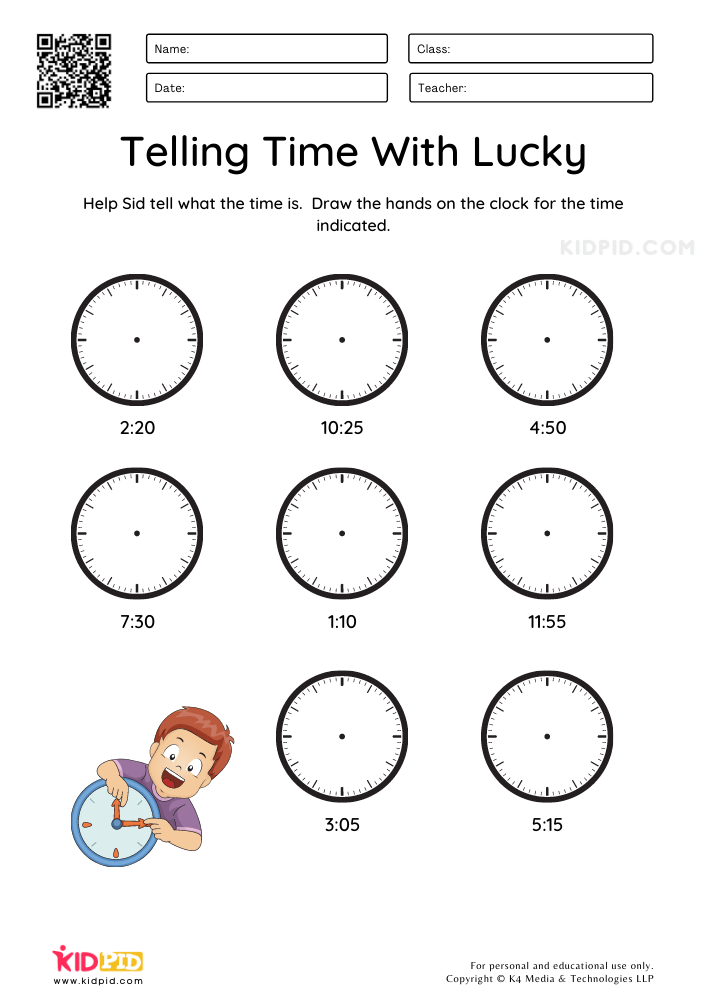
Now, a clock has the numbers from 1 to 12 written on it in an ordered, clockwise fashion. There are five notches between any two given consecutive numbers, each of which denotes one minute. Therefore, the notches between 12 and 1 denote five minutes, there are ten notches between 12 and 2 and it denotes 10 minutes and so on. Therefore, when the minute hand completes one entire revolution, it covers 60 minutes or one hour.
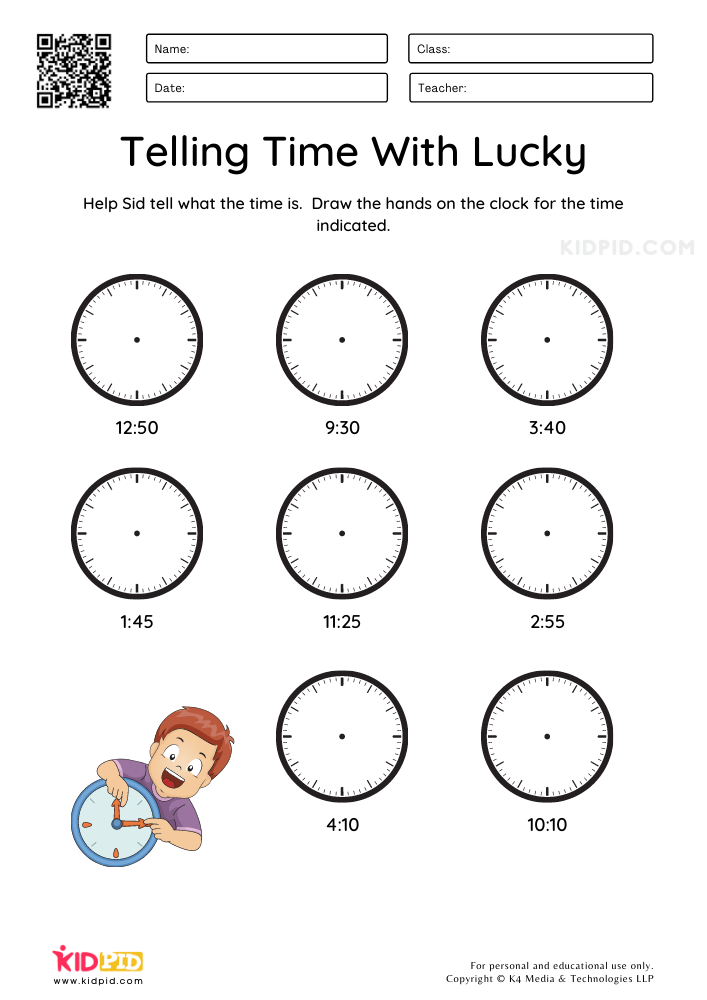
You will often notice that the hour hand is not exactly pointing at a specific number but in between two numbers. In such cases, the hour is denoted by the number that is present before the hour hand and then the minutes are denoted by the long hand. For example, when it is exactly 5 o’clock, the hour hand is directly aligned with 5 and the minute hand is exactly aligned with 12. However, at 5:25, the hour hand will be somewhere in between 5 and 6 and the minute hand will point at 5.
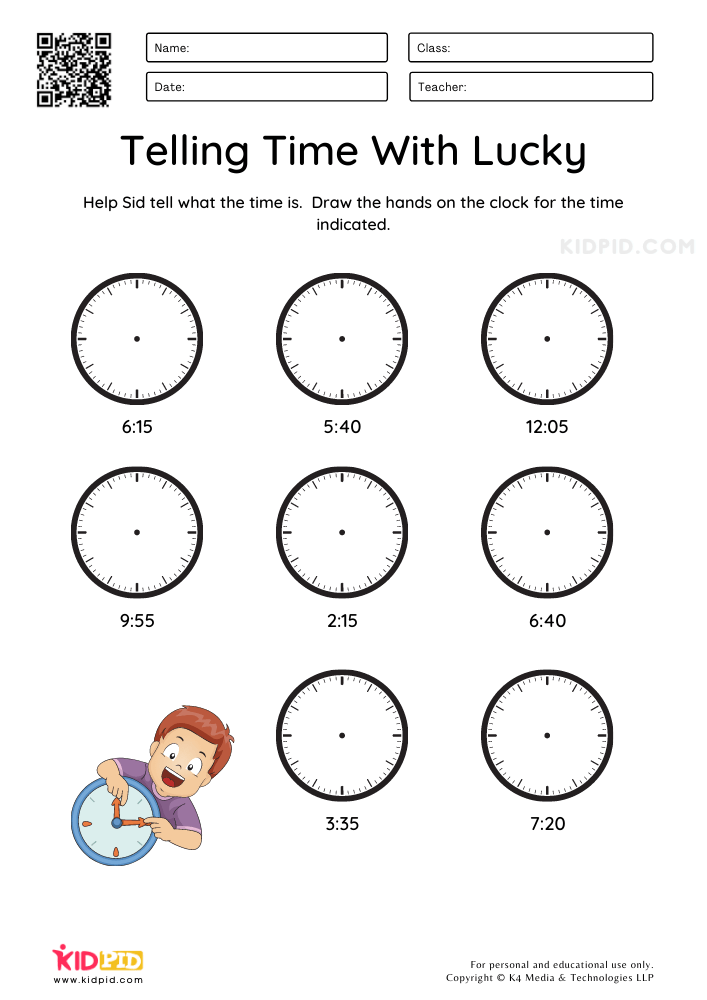
It will take few tries before your child will be able to tell the time perfectly. The best way is to make them practice telling the time only by using an analogue clock or watch. This will help them learn faster.
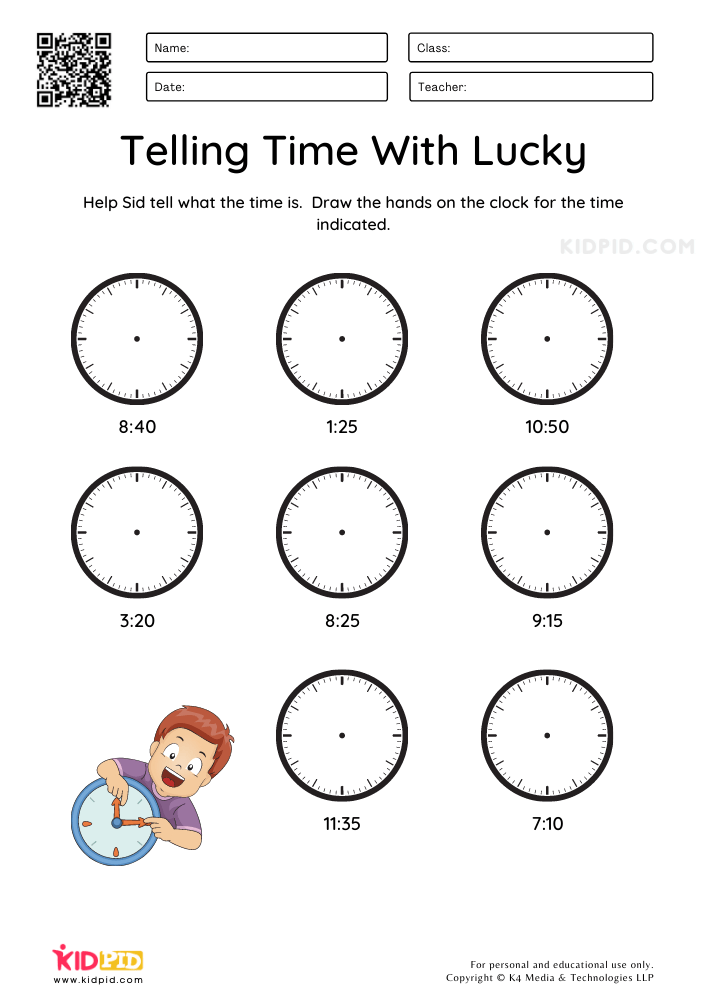
Many clocks also have a third hand that is much thinner than the hour and minute hands called the second hand. It counts the seconds passing by and so when the second hand completes one whole revolution, it denotes the passing of a single minute.
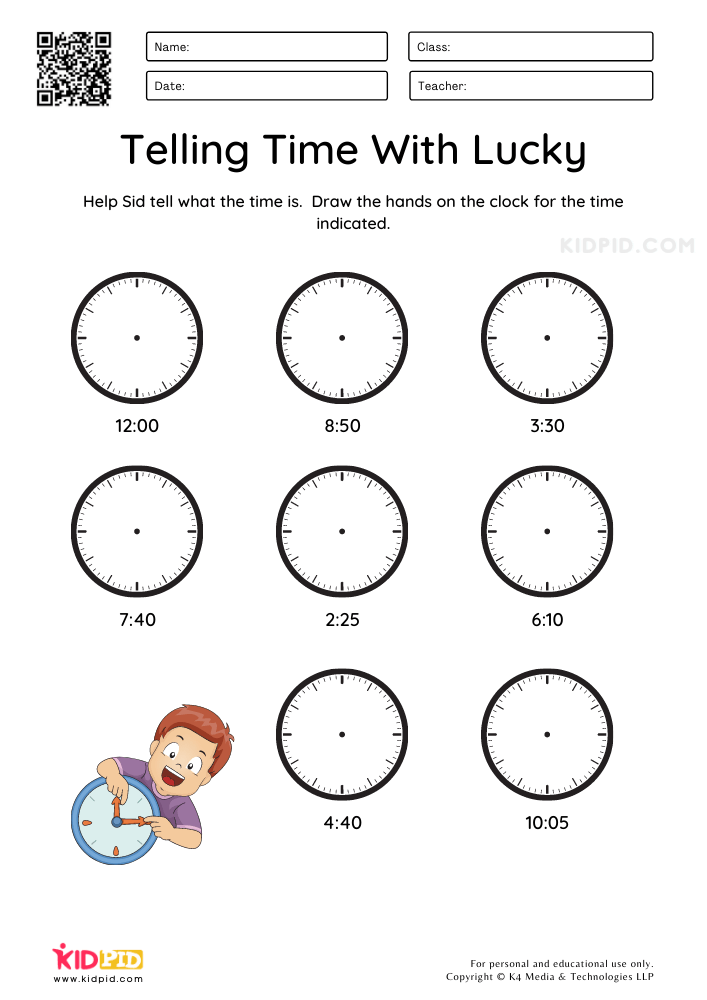
These worksheets are a great way for children to really hone their abilities when it comes to telling time. Regular practice will help them learn quickly and in no time, they’ll be totally comfortable using a real clock.
So, what are you waiting for? Download, print and get started today!
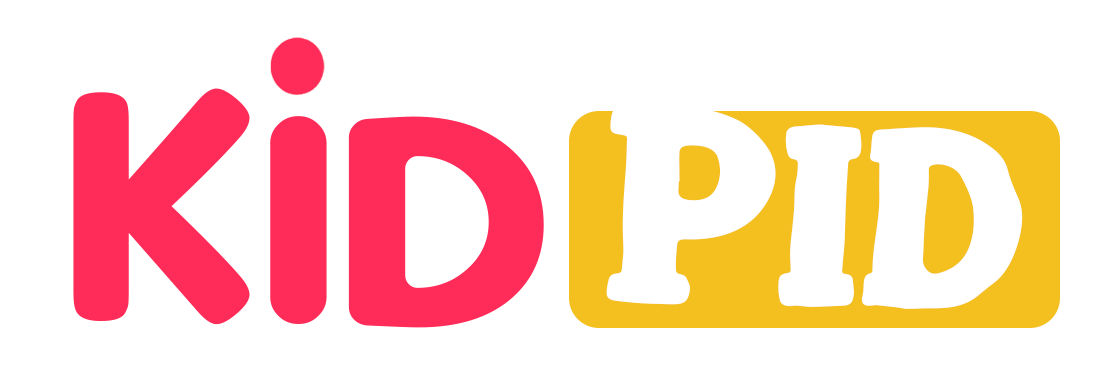

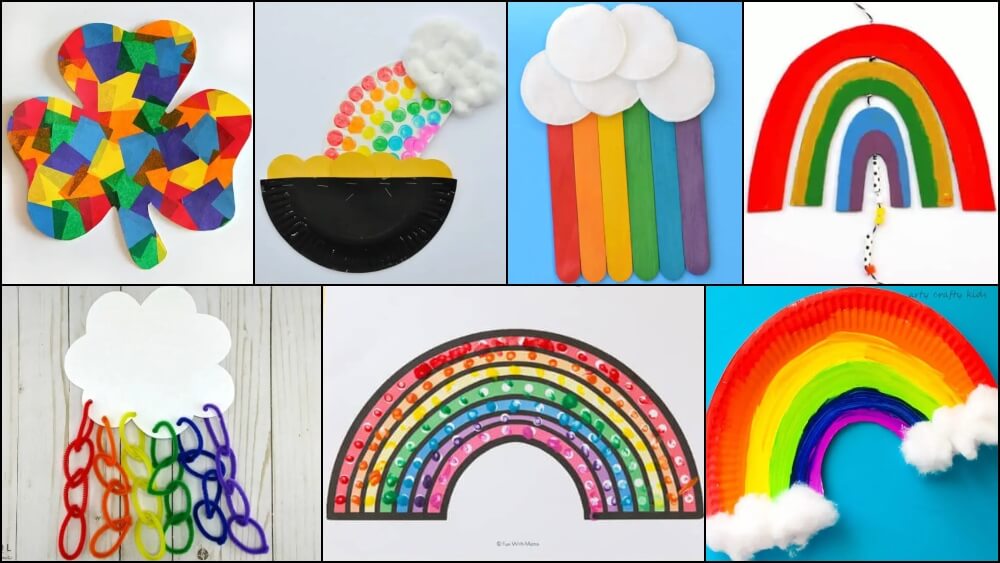
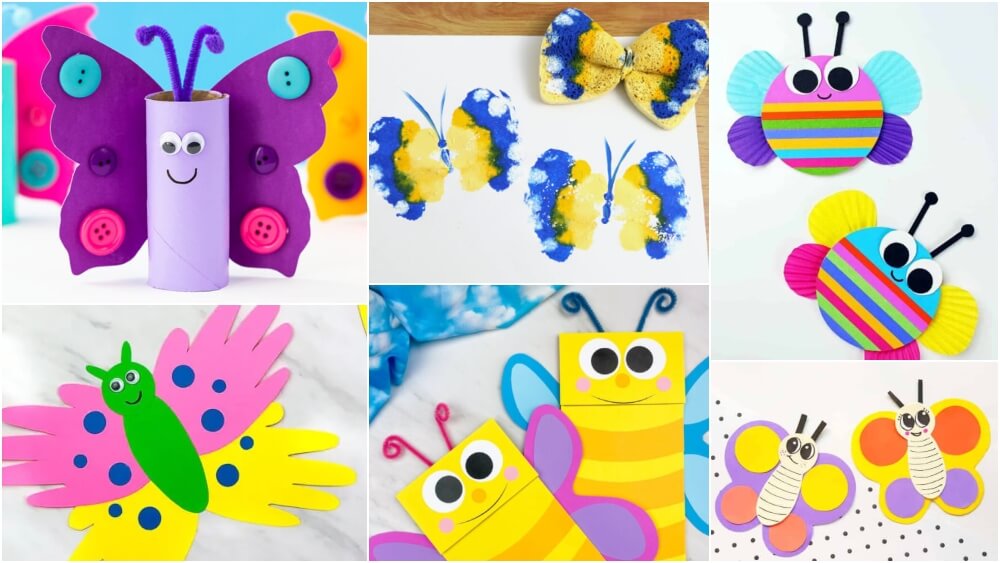
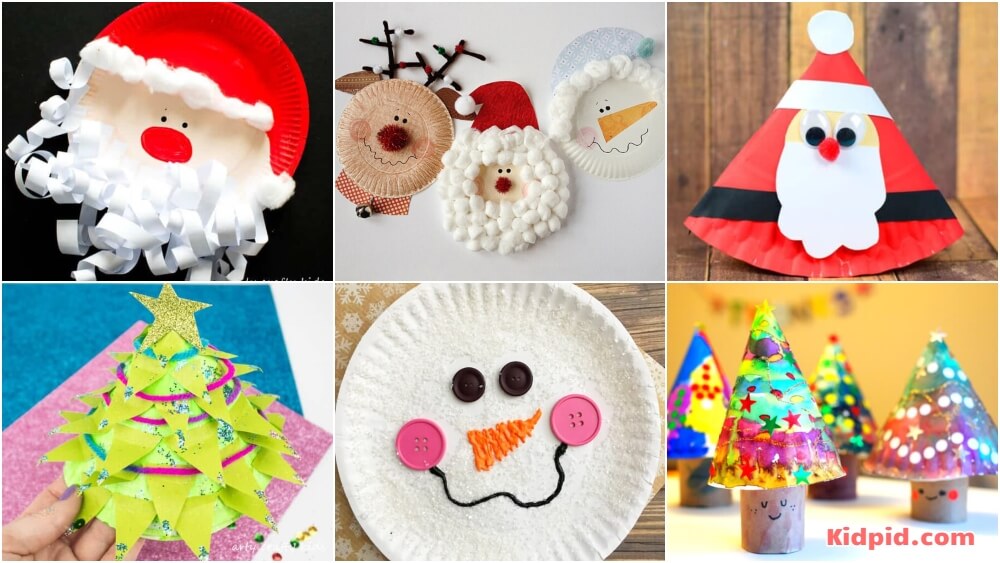
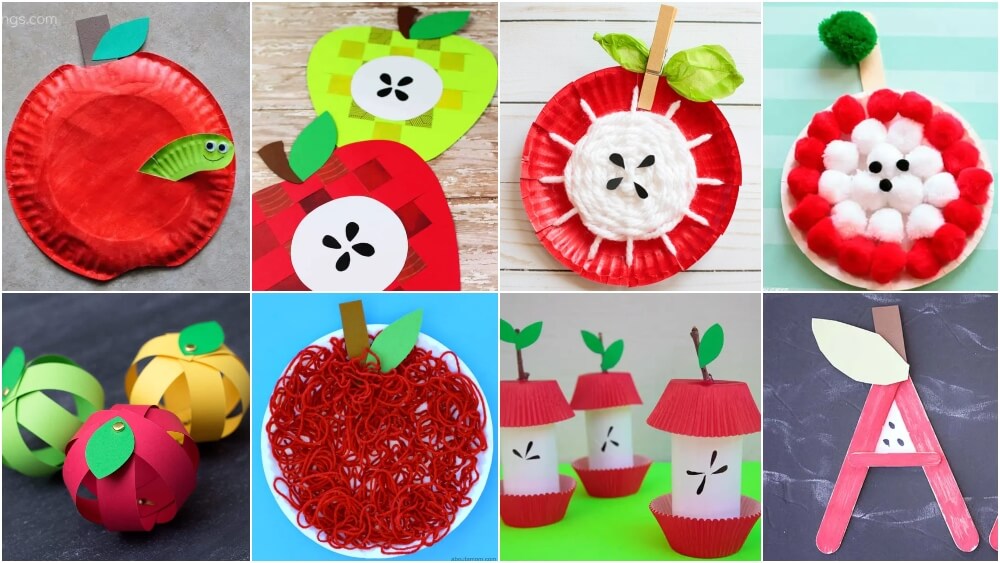
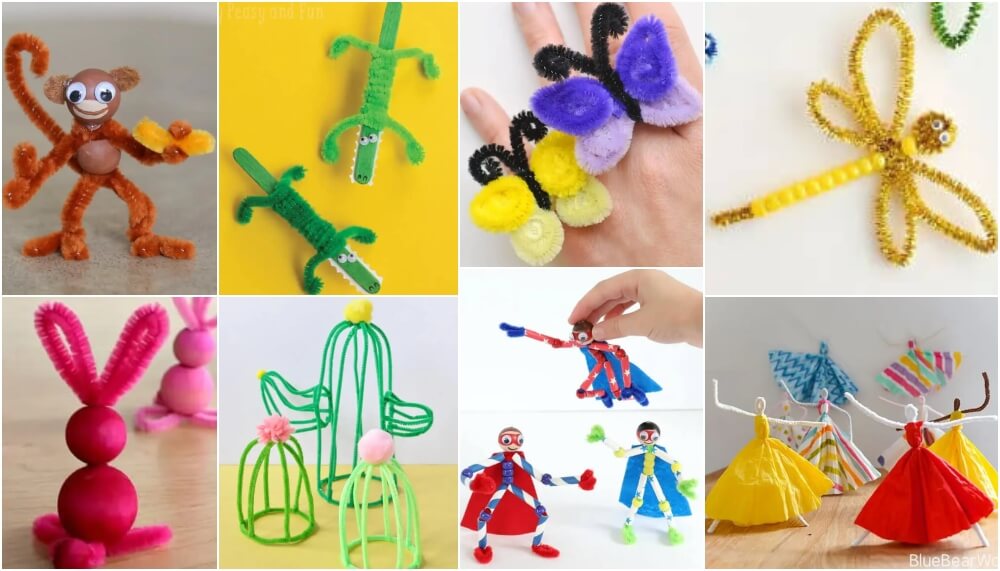
Responses